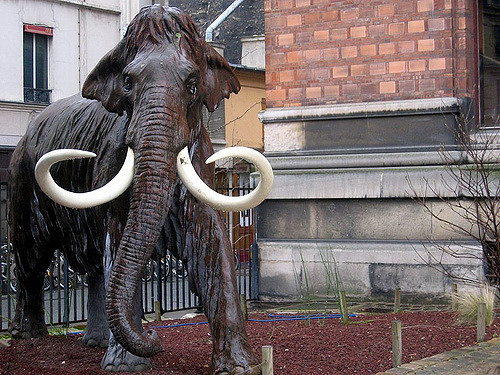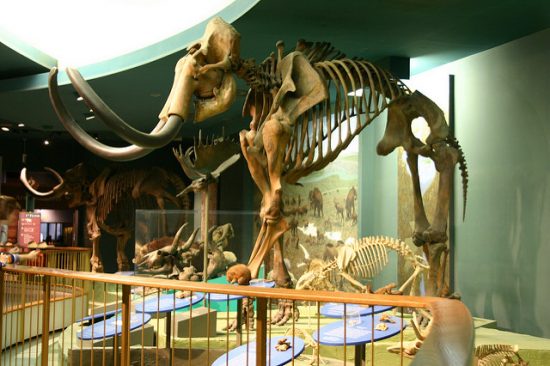
If you follow scientific news you know that researchers have been making strides where cloning is concerned. Stem cell research and genetic engineering may have finally made it possible to de-extinct animals (like the Wooly Mammoth).
Resurrecting the Wooly Mammoth
A Harvard team of scientists are behind the Wooly Mammoth de-extinction efforts. They say that they are only two years away from creating the hybrid embryo that would make the resurrection of the species possible.
The animal, which we’ve only read about in textbooks would be partly elephant with smaller ears, different fat cells, adapted blood and shaggy hair. Scientists were able to splice the genes using Crispr, a gene-editing tool. Until now the team has stopped at the cell stage, however, some of the lead scientists believe they are well on their way to embryo-creation.
“Our aim is to produce a hybrid elephant-mammoth embryo,” said Professor George M. Church. “Actually, it would be more like an elephant with a number of mammoth traits. We’re not there yet, but it could happen in a couple of years.”
Nothing like this has been done before. This type of technology has only been used to help re-create skin cells for burn victims or heal someone’s body. It has never been used to re-create an entire species. Church said that he and his team are fully considering the impact of the edits on the Wooly Mammoth’s genes. The critical question here though is should we be splicing the genes of an animal that roamed the Earth over 4,000 years ago.
Is This Something We Should Be Doing?

The issues with restoring the species don’t simply stop at the potential danger of re-creating the Wooly Mammoth though. There are some ethical questions that have risen as well. Scientists will have to impregnate an already-endangered elephant with the experimental embryo (which could kill a protected species). It will also open up another question: would being able to bring species back from the dead end our wildlife conservation efforts? (After all, would it really matter?) Church says that, looking past the ethical dilemmas, re-creating the Wooly Mammoth could lessen the effects of climate change.
Gene splicing and stem cell research have been the topic of controversy for quite some time. Some people believe that if an animal was extinct there is a reason for it. Bringing the animal back from extinction could disrupt the environment in which we all live. However, there are others that believe restoring the species could rebalance the environment.
Whatever your thoughts may be on the matter, one thing is for sure. This is an exciting time in the world of science and it will be interesting to see how gene splicing and editing affect each of our lives in the future.
Photos: Allison Meier and Ryan Somma

Comments